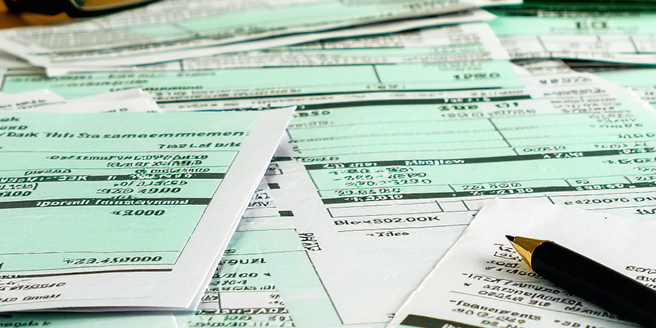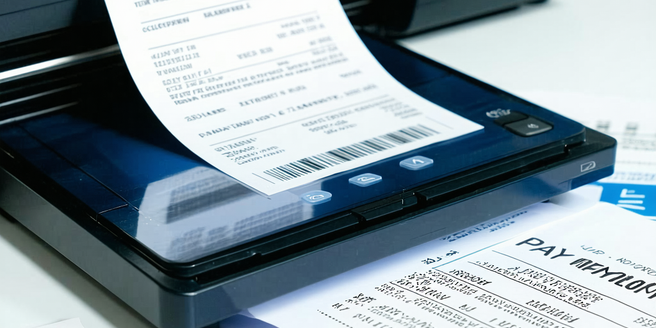
Understanding the Basics of Credit Disputes
| Dispute Reason | Supporting Documents | Possible Outcomes |
| Incorrect Balance | Bank Statements | Balance Correction |
| Missed Payment | Payment Receipts | Payment Report Update |
| Identity Error | ID Verification | Account Correction |
| Duplicate Entry | Credit Report Copy | Entry Removal |
| Closed Account Reporting | Closure Letter | Entry Update |
| Fraudulent Activity | Fraud Affidavit | Entry Investigation |
Why Writing a Credit Dispute Letter Matters
Writing a credit dispute letter is a crucial step in managing and correcting your credit report. It allows you to address inaccuracies that could negatively impact your credit score. A well-crafted letter can not only lead to the correction or removal of erroneous information but also demonstrates to credit bureaus that you are actively managing your credit history. In some cases, a credit dispute letter might even prompt bureaus to conduct a deeper investigation into recurring issues. It’s an essential tool in maintaining financial health and ensuring that your report reflects an accurate picture of your creditworthiness. Additionally, addressing errors swiftly can prevent further complications, protecting your ability to receive credit when needed.
Gathering Essential Information for Your Letter
When preparing to write a credit dispute letter, gathering the right information is vital. Start by obtaining a copy of your credit report and carefully review it for discrepancies. It’s essential to understand which items are negatively affecting your credit score. Ensure all personal information on your credit report is also accurate. Highlight the items that are incorrect and prepare supporting documents such as bank statements, payment receipts, or any other relevant evidence. This information will lay the foundation for your argument and lend credibility to your dispute. Additionally, having your personal details, such as your full name, address, and account numbers, adds clarity and ensures the bureau can quickly cross-reference your claims with their records.
Choosing the Right Tone and Language
The tone and language of your credit dispute letter can significantly impact its effectiveness. It is essential to maintain a formal but polite tone throughout the correspondence. Start by clearly stating your issue, referencing specific errors, and expressing your desire for a resolution. If possible, include any supporting documentation that can help validate your claims. Carefully review the letter to ensure there are no grammatical mistakes or unclear phrases. Use concise and precise language to avoid any ambiguity. Avoid using confrontational or aggressive language, as this might hinder the resolution process. Being polite, clear, and straightforward will help facilitate a faster response, encouraging cooperation from the credit bureau and increasing the likelihood of a successful dispute outcome.
Structuring Your Credit Dispute Letter
A well-structured credit dispute letter is more effective at conveying your message. Begin with your contact information and date, followed by the credit bureau’s address. In the opening paragraph, introduce yourself and state your intent to dispute inaccurate information. It may also be helpful to reference relevant sections of the Fair Credit Reporting Act to support your case. Remember to maintain a professional tone throughout the letter to enhance its effectiveness. Follow with detailed descriptions of each error, accompanied by evidence. Conclude the letter by stating your desired outcome, such as correction or removal of the disputed items, and express appreciation for the bureau’s attention to the matter. Use short paragraphs and bullet points where appropriate to improve readability and ensure your key points are easily understood.
Providing Evidence to Support Your Claim
Providing evidence to support your credit dispute claim is crucial. Documentary evidence like bank statements, receipts, or letters from creditors plays a critical role in substantiating your disputed claims. Thorough documentation can often be the difference between success and failure in your credit dispute process. To ensure clarity, you should organize your documents in a logical order. Attach copies rather than original documents to prevent loss. Clearly label these documents and reference them within the letter to provide context. The stronger the evidence, the higher the likelihood of a successful resolution. This not only backs your assertions but also reinforces your credibility, making it harder for credit bureaus to dismiss or overlook your dispute without proper consideration.
Common Mistakes to Avoid in Dispute Letters
When crafting a credit dispute letter, avoiding common mistakes can help ensure success. Avoid vague complaints rather than specific errors, which can dilute your argument. Ensure you provide clear and organized evidence to support your claims, as unsupported assertions are less persuasive. Taking the time to gather all necessary documentation can greatly strengthen your position. It’s also crucial to understand the credit dispute process and its timelines to properly manage expectations. Keep your letter concise and relevant to avoid overwhelming the recipient. Another pitfall is using inappropriate language, as offensive or aggressive language can hinder your case. Finally, failing to proofread for spelling and grammatical errors can undermine your letter’s professionalism and potentially weaken your argument.
Following Up on Your Dispute Effectively
Effective follow-up is key in the credit dispute process. Once you’ve submitted your dispute, mark the date to track the 30-day resolution period typically required by credit bureaus. Keeping a checklist can help you stay on top of key deadlines and actions. If you haven’t received a response, follow up with a polite reminder, referencing your initial correspondence and including copies. It’s also wise to ensure that your contact information is up-to-date to avoid any communication errors. Maintain a record of all communication, including dates, names, and responses. If the initial outcome is unsatisfactory, consider escalating the issue by filing a complaint with the CFPB or seeking legal advice. Persistence and organization in follow-up efforts are crucial to ensuring your dispute is adequately addressed.
Leveraging Credit Bureau Responses
Understanding and leveraging credit bureau responses can ensure a fair resolution in your dispute letter process. Analyze the response to verify if all errors you reported have been addressed adequately. It’s crucial to document every correspondence with the bureau for future reference and accuracy. This documentation will serve as evidence if additional disputes need to be raised. In cases where the dispute is accepted, confirm that the credit report reflects these changes. If the response is negative or partial, examine the reasons provided by the bureau and prepare a counter-response with additional evidence if necessary. Leveraging this feedback can guide your next steps, whether pursuing further action or ensuring the accuracy of any amendments made to your credit report.
When to Seek Professional Help
Seeking professional help may be warranted if your credit dispute efforts remain unresolved or are too complex to manage alone. Credit repair agencies and financial advisors can offer expert guidance and tailored support. They possess the expertise to navigate disputes more efficiently and may provide negotiation leverage when dealing with credit bureaus. It’s important to remember that resolving credit issues can be a lengthy process, requiring patience and persistence. In some cases, these professionals can uncover errors you might have missed. If you encounter persistent resistance or incorrect information persists in your report despite evidence, professional intervention can help escalate and resolve these issues. However, verify the credibility of the services you choose, understanding their fees and possible limitations before proceeding.

